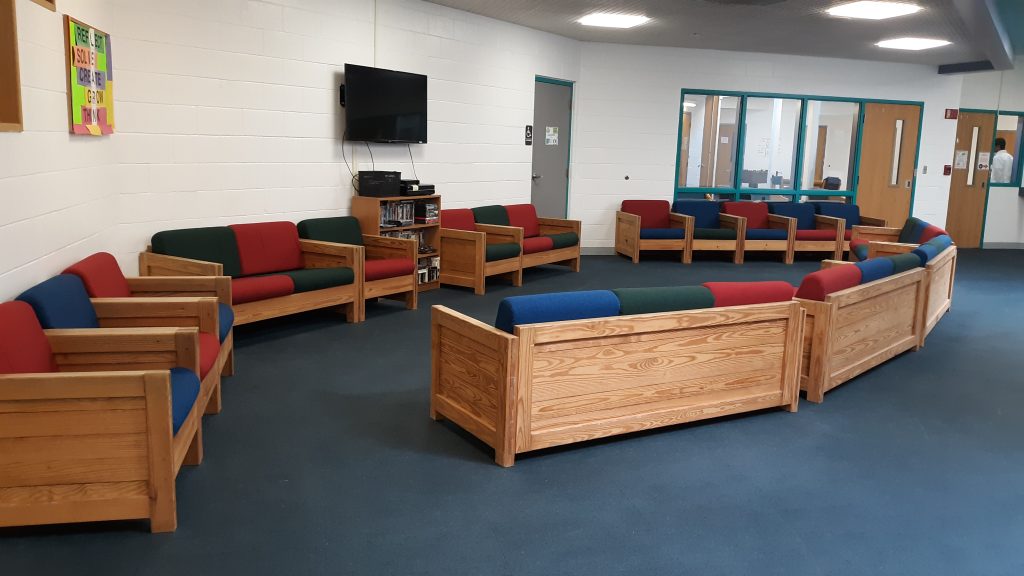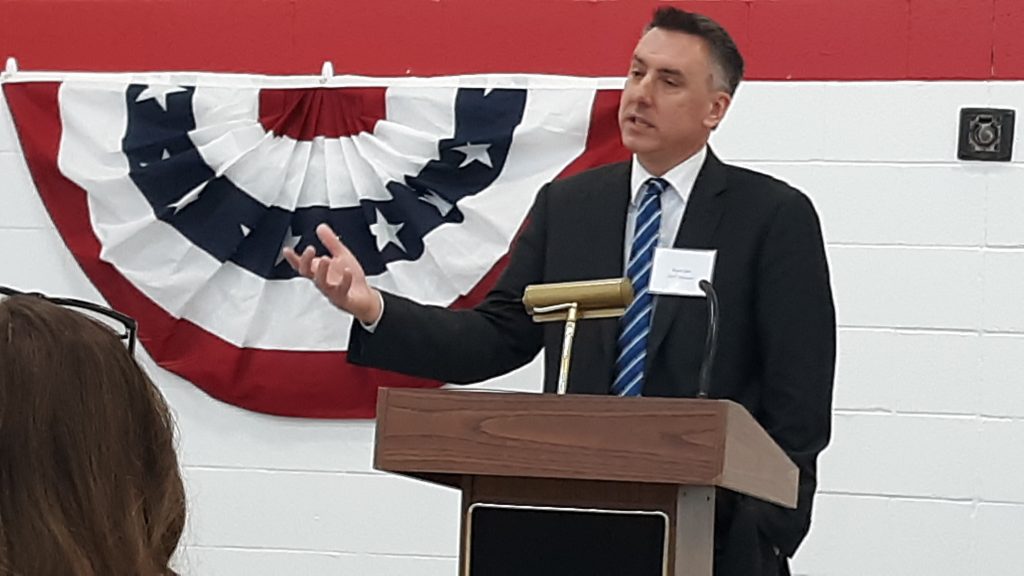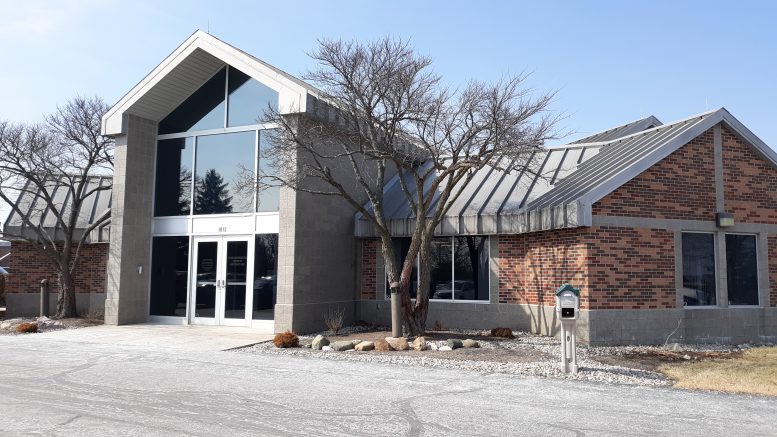By JAN LARSON McLAUGHLIN
BG Independent News
Each year, Ohio tries to reach juvenile felons before they become hardened criminals. But that takes money – lots of it – and support from state legislators.
So last week, juvenile judges from 10 area counties came together to explain the need for support to their state legislators.
“We are dealing with more serious children here,” Fulton County Juvenile Court Judge Michael Bumb said. Many have substance abuse problem, and many have severe mental health issues.
“Unfortunately, to provide quality treatment costs money, lots of money,” Bumb said.
Currently, the vast number of young felony offenders are being treated in 12 juvenile residential centers in the state. Prior to the start of these centers, juvenile felons were sent to a prison system run by the Ohio Department of Youth Services.
“These facilities are becoming more important,” Wood County Juvenile Court Judge Dave Woessner said. The residential centers keep kids from being housed in juvenile prisons.
Wood County is the home to one of these residential centers. It provides services for boys, ages 12 to 18, who have committed felonies.
“The overriding mission is we serve as an alternative where judges can place juveniles,” closer to their homes and with an emphasis on family involvement, said Bridget Ansberg, director of the JRC in Bowling Green.

The facility serves 10 counties, has a capacity to house 42 boys, and is normally about 80 percent full.
Emphasis is placed on changing behavior and when it’s time, practicing on the outside.
“We do a very graduated release,” Ansberg said. The youth get home passes and weekend visits. “They have a chance to practice.”
An estimated half of the residents are sexual offenders, and several are substance abusers. More than half are on psychotropic medications and are receiving mental health services.
The center is not equipped for very violent minors, who continue to be housed in juvenile prison run by the Department of Youth Services.
The average stay at the center in Bowling Green is eight months. During that time, the boys attend school taught by Wood County Educational Service Center staff.
“We have school every day, Monday through Friday, 8 a.m. to 2 p.m.,” Ansberg said.
Since the inception of the residential center program in 1994, Ansberg has noticed a change in the juveniles arriving. They tend to be more impulsive, have less self-discipline, and have more substance abuse issues. They need more mental health services and more help catching up with school.
“Their mental health needs are more significant,” she said.
And many really lag in academics.
“We have kids coming in that are really behind,” Ansberg said.
But the hope is that by coming to the residential centers, the youths can be caught before they become hardened criminals.
“We want them to be able to rehabilitate at this level,” Ansberg said.
If they aren’t rehabilitated, then they may be destined for the DYS jails for juveniles or adult prison.
“If it’s not addressed in their youth, it’s not going to get any better,” said retired Wood County Juvenile Court Judge Robert Pollex.
DYS Director Ryan Gies was also present as last week’s gathering of judges and legislators at the local juvenile center in Bowling Green.

He spoke of the past, when DYS was “warehousing” kids – before the residential center option was available.
“This is sort of their last opportunity,” Gies said of the centers.
Unlike prison settings, the juvenile centers work to change cognitive behavior – change the way kids think.
“It doesn’t work to punish a kid out of bad behavior,” Gies said.
The goal is to intervene early, he said.
“It’s a lot harder to undo what’s been done,” Gies said. “Our interest is in the future, and the definition of the future is kids.”
The centers also work with parents of the juveniles, working on re-entry into the community, Bumb explained.
“This is not just to treat the child. You have to be involved,” Bumb said he tells parents.
However, some parents are not willing or able to be part of the process.
“Many of them have worthless parents,” Bumb said.
But the goal is to help the juvenile beat the odds, including lack of supportive parents.
“Everyone deserves a chance to succeed,” Bumb said. “We have a lot of success stories coming out of this facility.”
Despite the successes, there remain very difficult cases that Ohio is ill-equipped to handle, according to Paulding County Juvenile Court Judge Michael Wehrkamp.
Wehrkamp told of a boy who came before him after getting into a fight with his dad. The judge quickly learned that the boy had severe mental illness issues. He would crawl into the fetal position, suck his thumb, and bang his head against the wall. His list of diagnoses included OCD, ADHD, anxiety, depression, gender dysphoria, ODD, personality changes, Tourette syndrome and schizophrenia.
The judge could find no facility to take in this boy. After months of trying to find a suitable location, Wehrkamp committed the boy to a DYS facility.
“It was like a funeral that day,” Wehrkamp said. “At DYS, Sam is mixed in with other youth who have committed serious felony offenses, such as murder and rape.”
“I think about Sam every day. It’s a heavy burden to bear when you’re the one who signed the order committing the child to DYS, knowing the system failed him and DYS is not the best place for him,” the judge said.
Bumb said Ohio needs a state-operated mental health hospital for children who have committed crimes. Ohio previously had such a site.
“The fact that the state closed those facilities doesn’t mean those children went away,” Bumb said.




